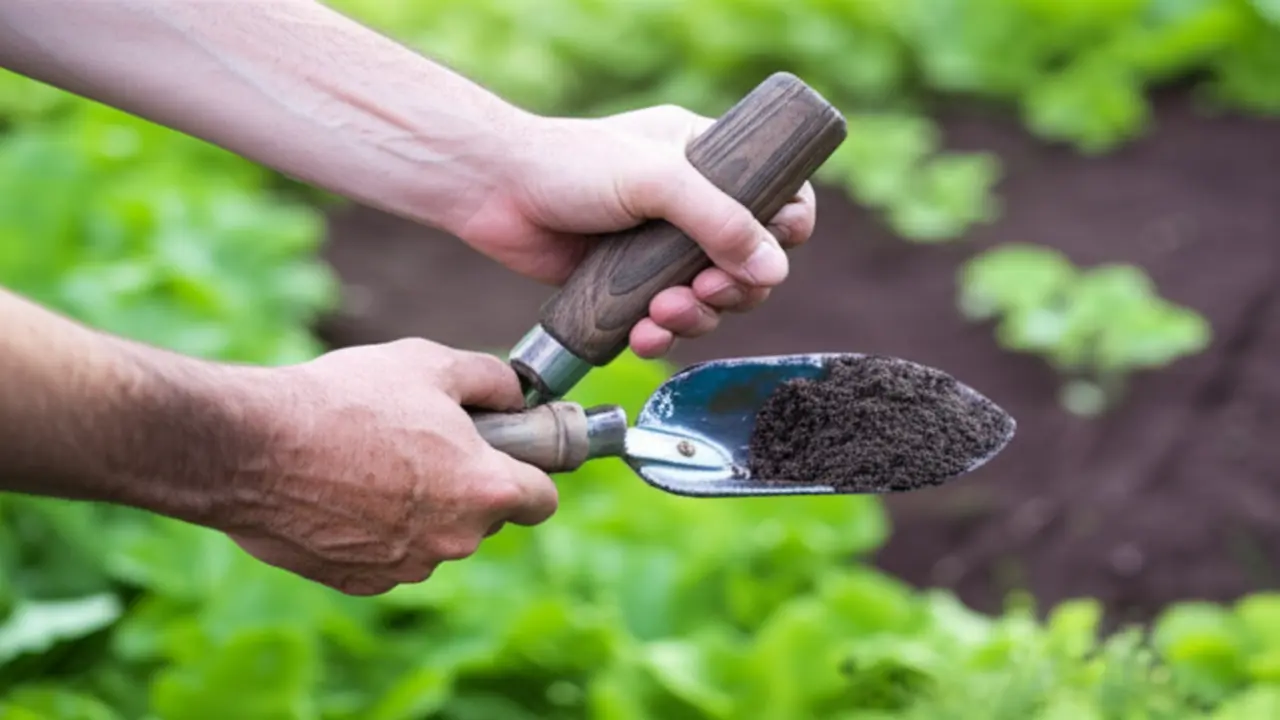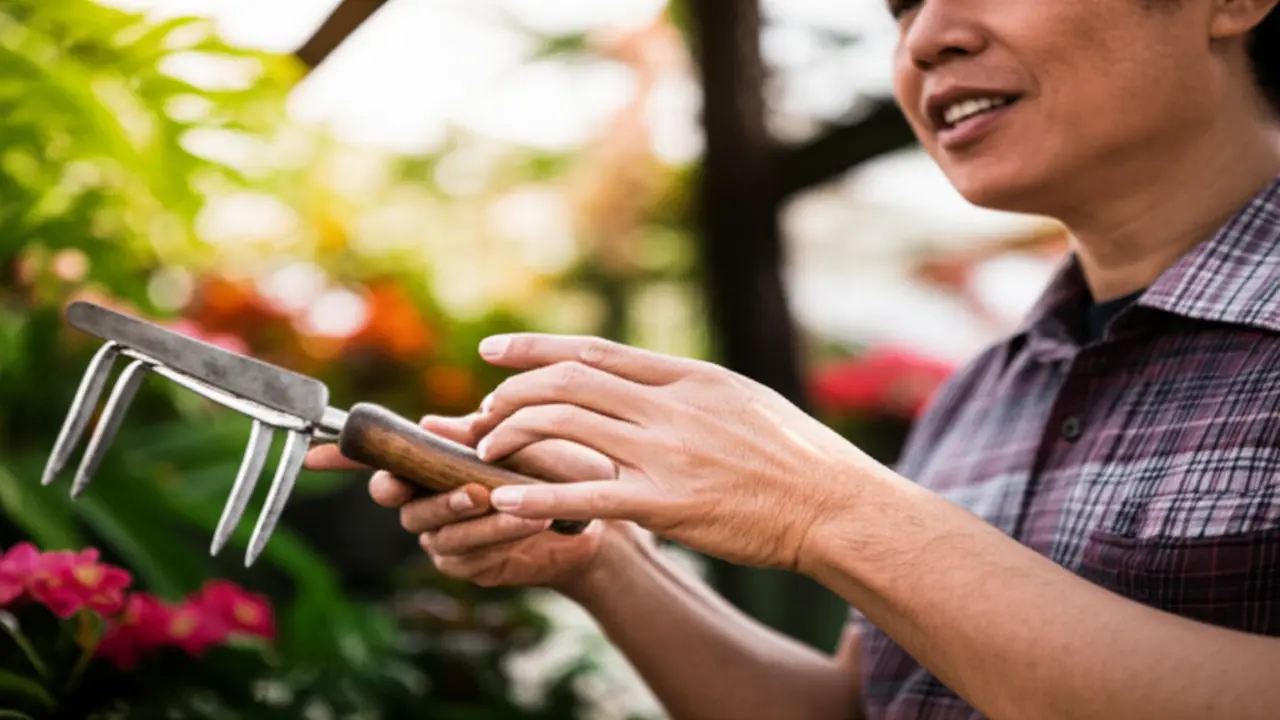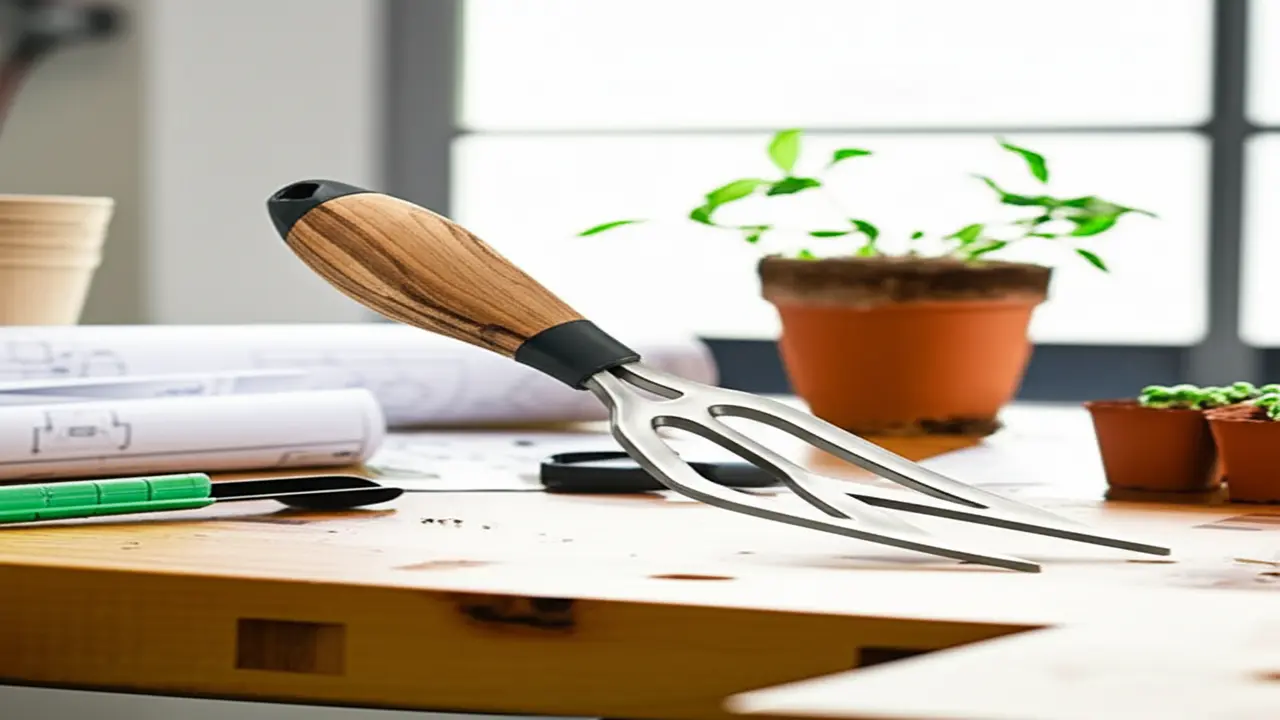
H2: The Expert’s Journey in Cultivation

H2: Expert Insights: Mastering the Hand Cultivator
H3: Selecting the Right Hand Cultivator
In our 2025 hand cultivator expert interview series, we confirmed that selecting the right tool is paramount for efficiency and plant health. For dense clay soils, experts recommend cultivators with forged steel heads and fewer, stronger tines. While stainless steel offers excellent rust resistance, high-carbon steel often holds its edge longer for slicing through tough soil. Handle design is equally critical. An ergonomic grip can prevent fatigue, but the material, be it classic wood or modern composite, is a matter of personal preference and durability. When looking for the best hand cultivators, consider the head shape. A narrow, three-prong design is perfect for precise weeding between delicate seedlings, while a wider, fan-shaped head is ideal for general surface cultivation and clearing.
H3: Advanced Cultivation Techniques
Beyond basic scratching, advanced techniques unlock a hand cultivator’s full potential. For effective weeding, our experts suggest a ‘flick and pull’ method. Instead of just pulling, use the tines to get under the weed’s root ball and flick upwards, dislodging it with minimal soil disturbance. When preparing for planting, use the outer tines to create perfectly straight, shallow furrows for seeds, ensuring uniform planting depth. For aeration, don’t just randomly poke the soil. Work in a systematic pattern around the drip line of established plants, pushing the tines straight down about 2-3 inches and gently rocking the tool. This breaks up compaction without damaging the primary root system, allowing air, water, and nutrients to penetrate deeper.
H3: Troubleshooting Common Cultivation Challenges
Even seasoned gardeners encounter challenges. Here are professional solutions for common cultivation issues:
– Hitting Rocks: Do not try to force the tool. Use the sturdy tines as a lever to pry smaller rocks out of the soil. For larger, immovable rocks, simply work around them. A high-quality forged tool is less likely to bend or break.
– Difficult Soil Types: In heavy clay, avoid trying to drag the tool through the soil on the first pass. Instead, use a short, downward chopping motion to break up the compacted surface. Then, make a second pass to cultivate and mix. In very loose, sandy soil, use a lighter touch to avoid displacing too much soil and disturbing plant roots.

H2: The Interview: Q&A with a Gardening Pro
On the topic of tool care, Mark stressed that longevity comes from simple habits. He shared his essential checklist for keeping your cultivator in prime condition for years to come:
– Immediate Cleaning: Always wipe the tines clean of soil and moisture right after use to prevent rust and corrosion.
– Seasonal Sharpening: A few passes with a mill file at the beginning and end of the season keep the tines sharp for effective soil penetration.
– Proper Storage: Store your cultivator in a dry, protected area like a shed or garage, never left out in the elements.
Following this expert advice on hand cultivator maintenance ensures your tool remains a reliable partner in the garden.

H2: Beyond the Basics: Innovations and Sustainability
H2: Key Takeaways and Expert Recommendations
* Prioritize Tine Quality: Always opt for forged or heat-treated steel tines. They offer superior strength for breaking up compacted or rocky soil without bending or breaking, a common failure point for cheaper, stamped-metal tools.
* Ergonomics are Non-Negotiable: A comfortable, non-slip handle that fits your grip reduces fatigue and prevents injury. Look for tools with padded grips or classic wooden handles shaped for comfort.
* Match the Tool to the Task: A narrow, three-tine cultivator is perfect for aerating soil in tight spaces, while a wider, swan-neck model provides better leverage for weeding larger beds.
For those looking to invest in a quality tool, our expert recommends brands like DeWit and Corona for their proven durability. While specific models depend on personal preference, you can see which ones we’ve tested and rated in our comprehensive guide to the best hand cultivators. For further reading, they suggest the Royal Horticultural Society’s website as a gold-standard resource.

